Blog
Can Dogs Eat Lettuce? A Closer Look at This Leafy Green
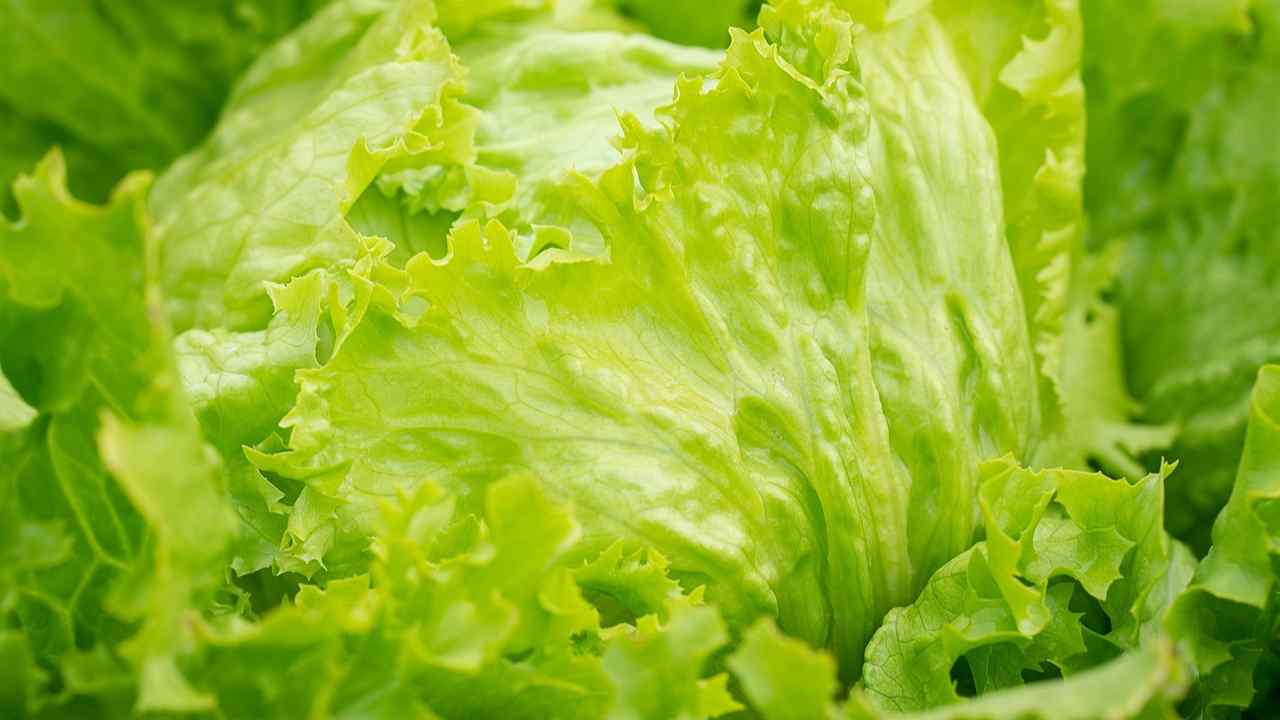
As a dog owner, you’ve probably wondered at some point what human foods are safe to share with your furry friend. Lettuce is a common vegetable that often comes up in this context. After all, it’s low in calories and fat and provides some vitamins and minerals.
So, can dogs eat lettuce? Let’s dig in and find out!
Contents
Is Lettuce Safe for Dogs?
The short answer is yes; in moderation, lettuce is generally safe for dogs to eat. Feeding your pup a few bites of lettuce here and there is unlikely to cause any issues. However, it’s important to keep in mind that dogs should primarily eat complete and balanced dog food, with any human foods given only as occasional treats.
While lettuce does provide some vitamins A and C, along with some calcium and iron, the health benefits for dogs are fairly negligible. There are other veggies like spinach, green beans, and asparagus that pack more of a nutritional punch if you want to incorporate healthy human foods into your dog’s diet.
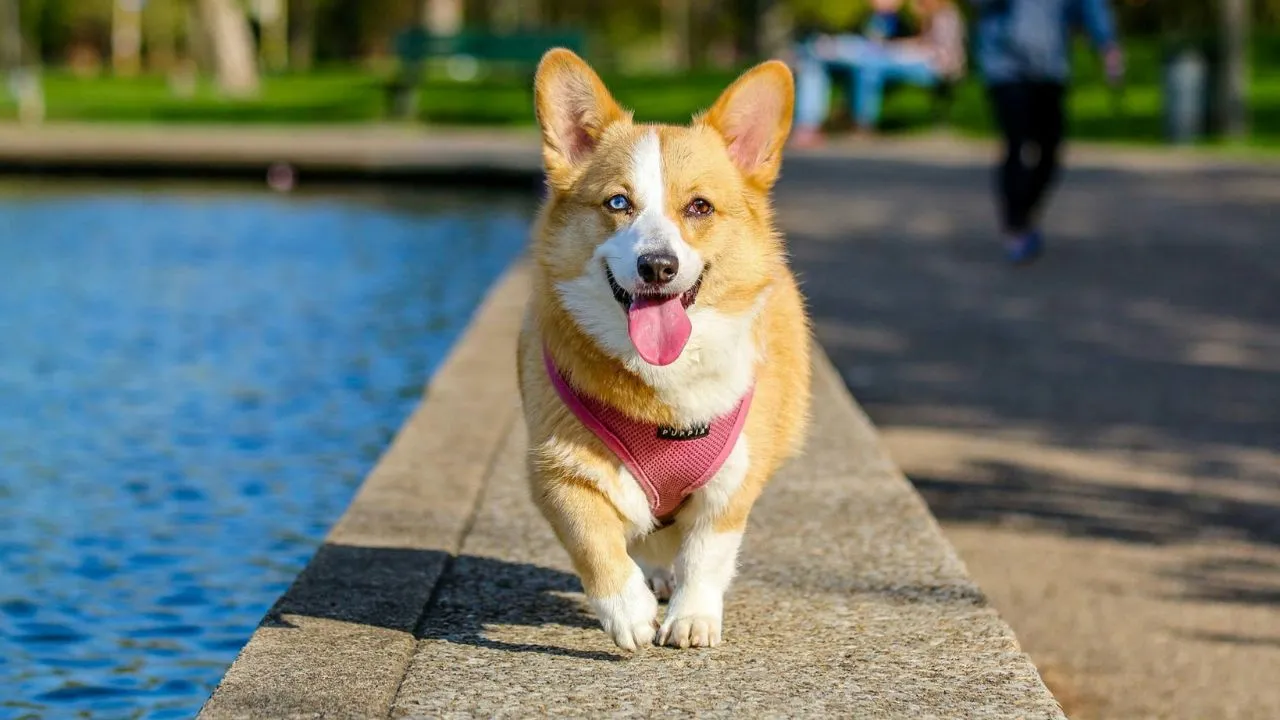
That said, the fiber and water content in lettuce may provide some digestive benefits. The fiber helps feed the good gut bacteria that support a healthy immune system. Lettuce also has natural diuretic properties that could help lower blood pressure. And if your pup is dealing with constipation, the fiber and water in lettuce may get things moving again.
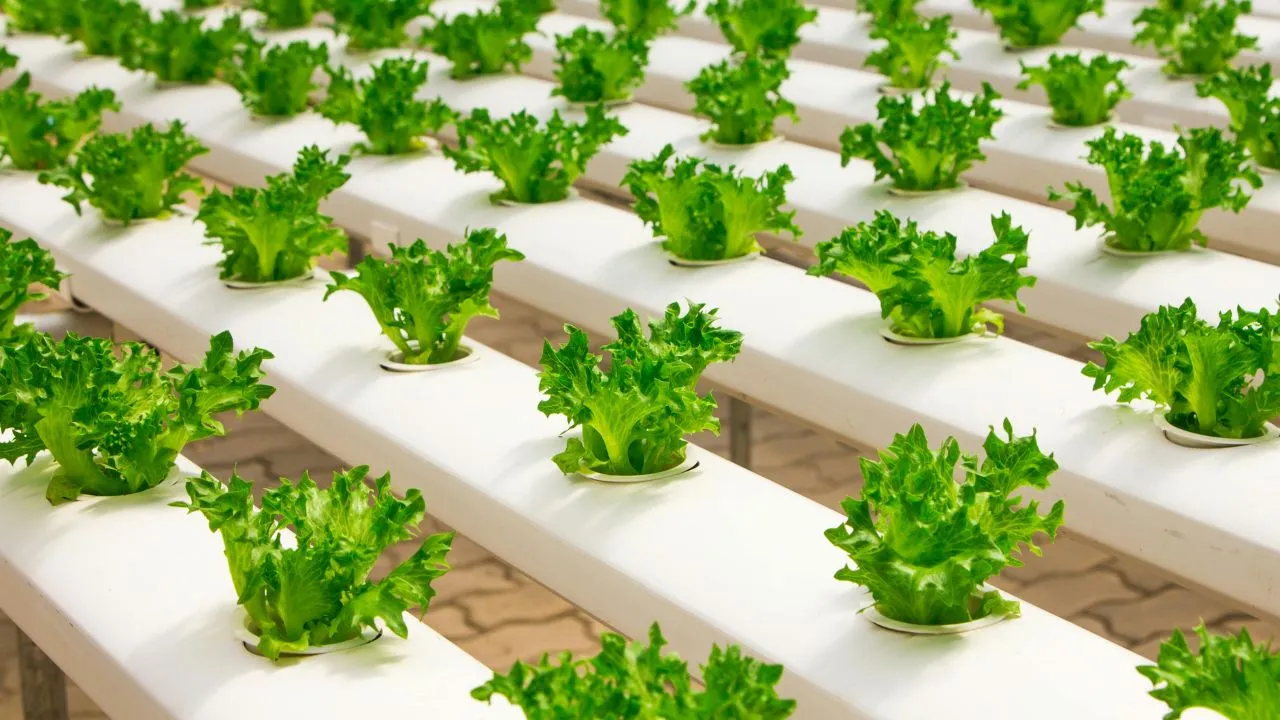
How Much Lettuce Can Dogs Eat?
Even though lettuce is generally safe, moderation is still key. Lettuce should be no more than an occasional treat, not a daily part of your dog’s diet. A few bites of chopped lettuce mixed into their regular food every few days is plenty.
Overfeeding lettuce comes with some risks. If your dog fills up on too much lettuce, he may not eat enough of his regular balanced diet and could end up malnourished. The fiber content could also lead to digestive upset if introduced too quickly or in large quantities.
As with any new food, introduce lettuce slowly and in small amounts to see how your individual dog tolerates it. While lettuce allergies in dogs are rare, they’re not impossible. Keep an eye out for any signs of a negative reaction.

What’s the Best Way to Feed Dogs Lettuce?
If you do decide to share some lettuce with your pup, opt for the darker green varieties like romaine when possible, as they contain more nutrients than icebergs. Always wash the lettuce thoroughly first. Feeding organic is ideal to avoid pesticide residues.
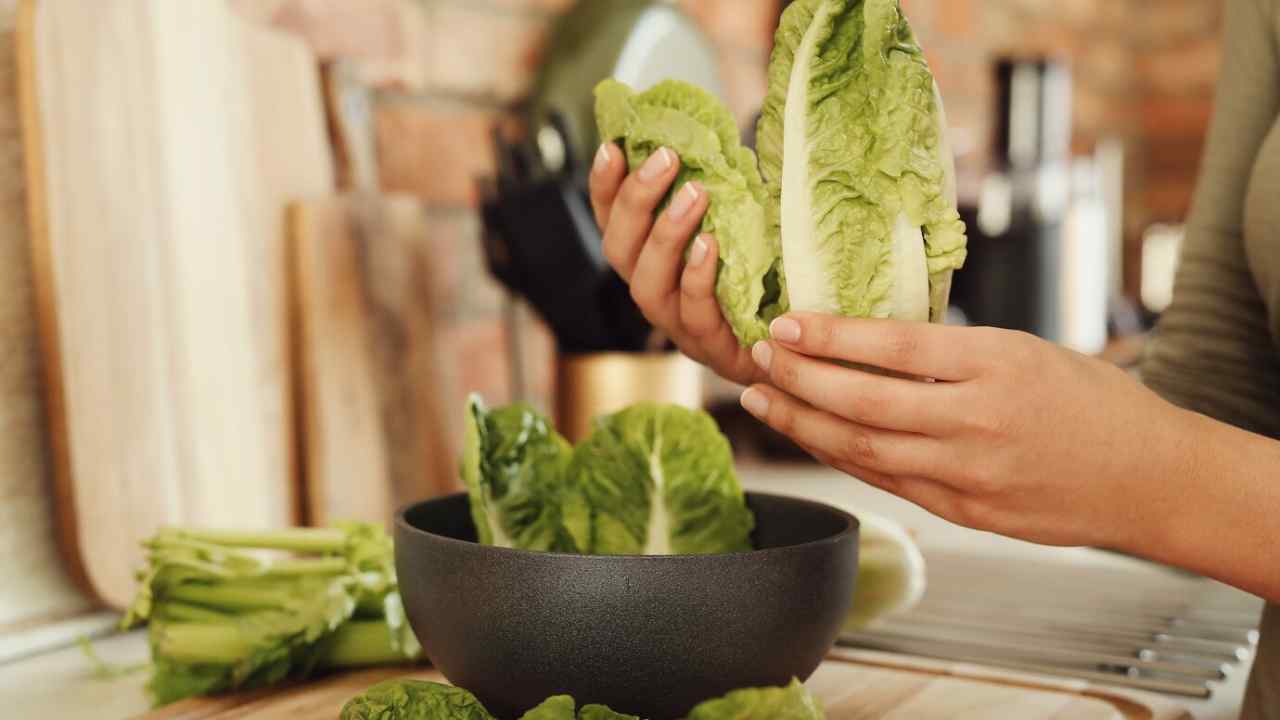
Chop the lettuce finely so it’s easy for your dog to eat, especially if they are small or have dental issues. You can mix the chopped lettuce into their regular food or offer a small amount as a treat on its own. Some dogs may enjoy it cooked with a bit of dog-safe oil like coconut or olive oil for added flavor.
SHOP NOW
Be sure to introduce lettuce and any other new foods gradually. Adding too much too quickly is a recipe for digestive issues like diarrhea and vomiting. If your dog doesn’t seem to tolerate lettuce well, simply leave it out of their diet. Every dog is an individual.
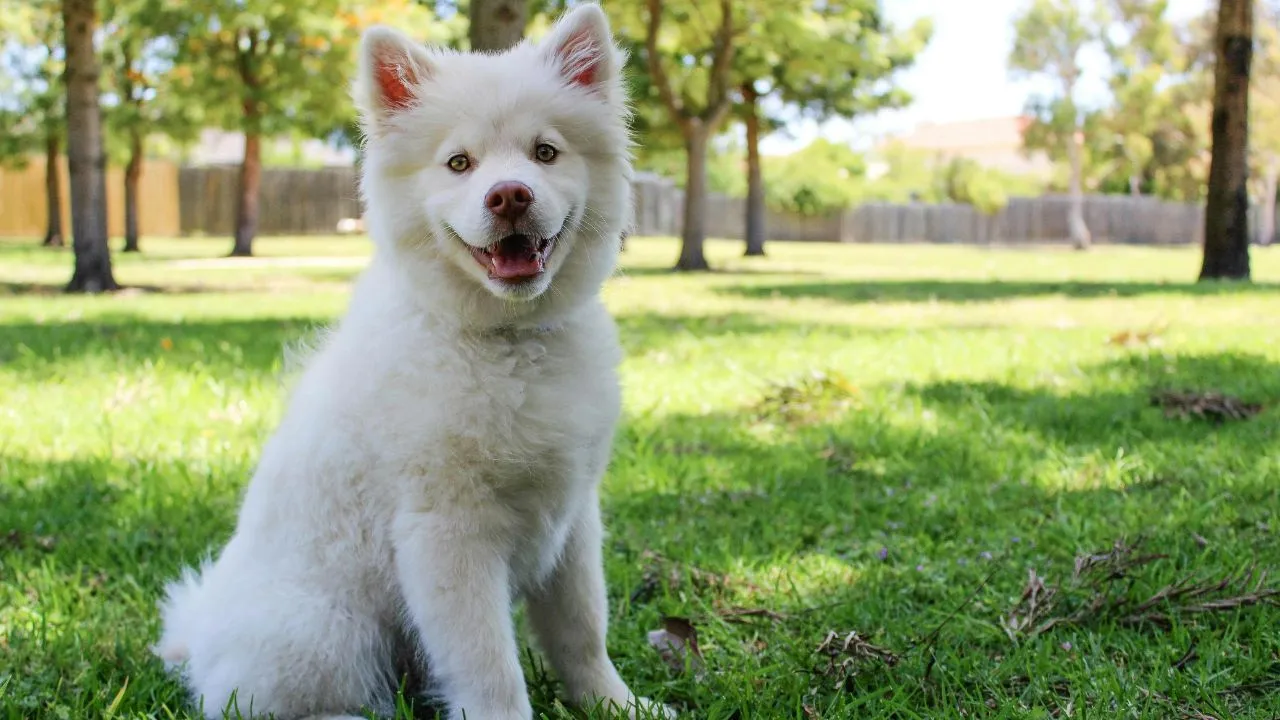
Other Green Vegetables Safe for Dogs
Want to expand your pup’s palate beyond just lettuce? Many other leafy greens offer similar benefits with some extra nutrition, too. Consider rotating in some:
– Spinach: This nutrient-dense leafy green is packed with vitamins A, B, C, and K, and iron, calcium, and antioxidants. It’s a great addition to your dog’s diet for supporting healthy bones, eyes, and immune function. Finely chop fresh spinach and mix it into your dog’s food, or lightly steam it for easier digestion.
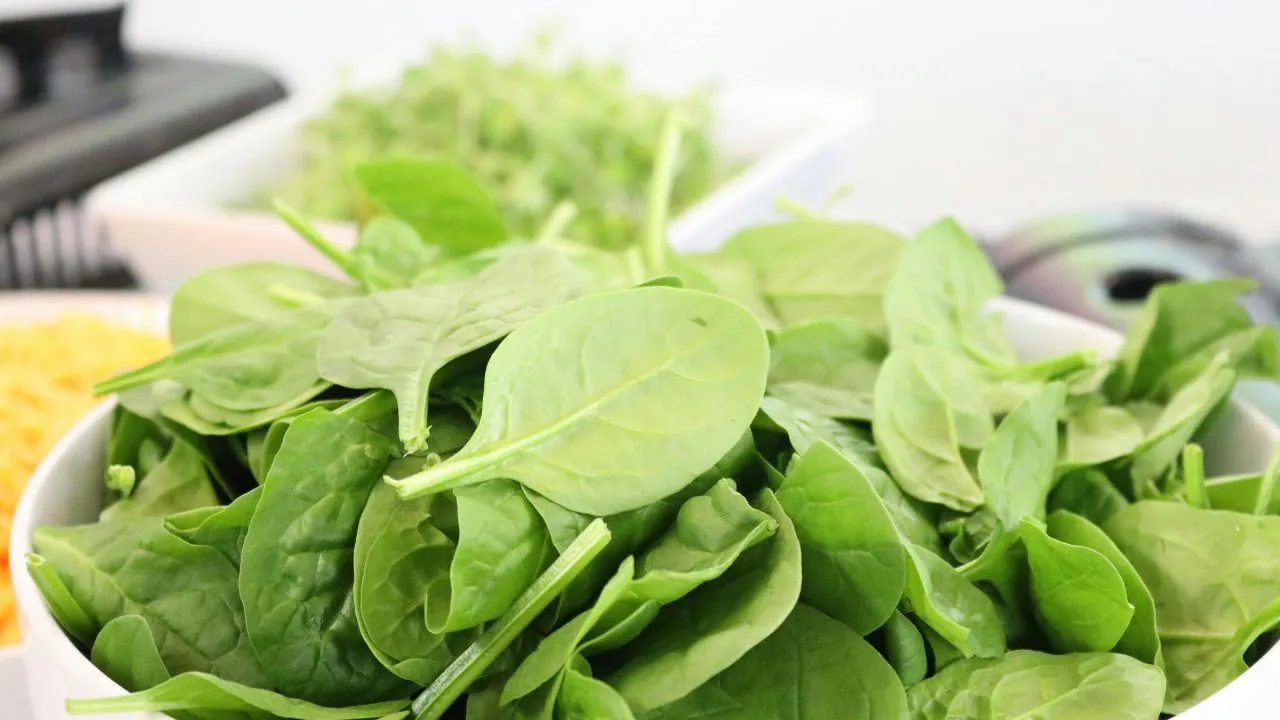
Kale: Another superfood, kale is rich in vitamins A, C, and K, calcium, copper, and potassium. Its antioxidants offer potential protection against cancer and other illnesses. Chop kale finely and mix it into your dog’s food, raw or lightly steamed. Just be sure to introduce it slowly, as the high fiber content can cause digestive upset in some dogs.
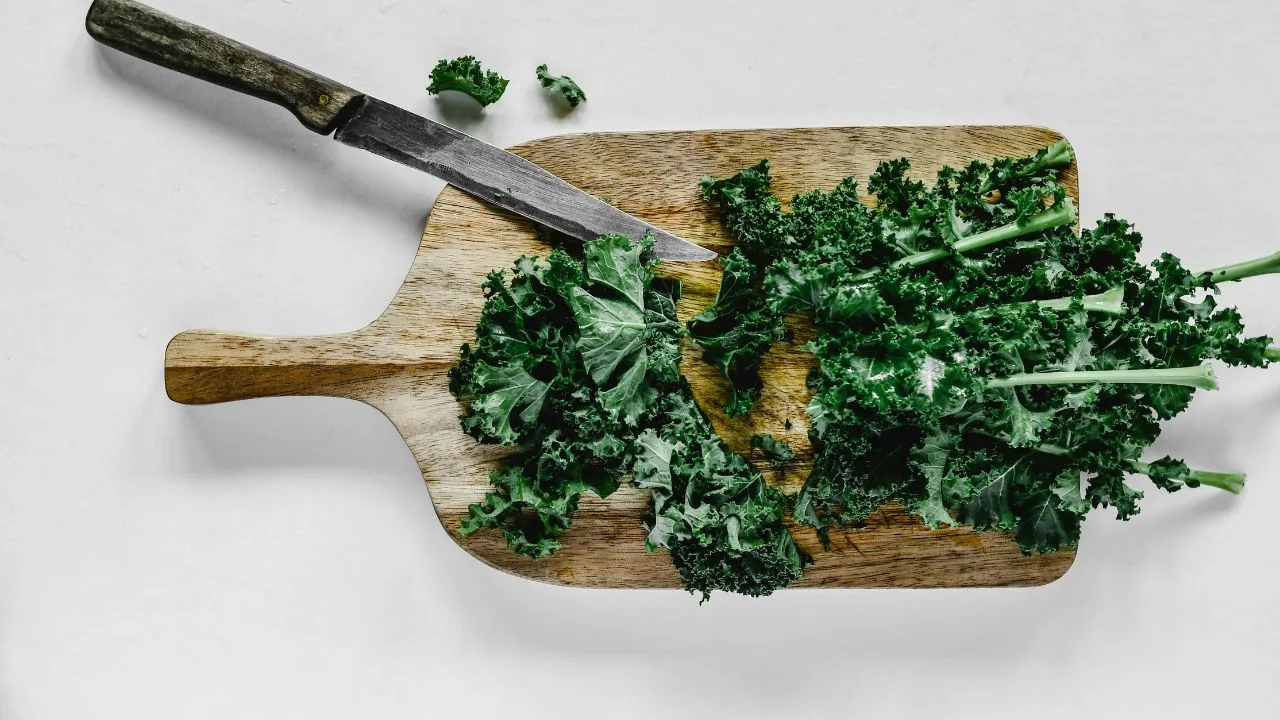
Swiss Chard: This colorful leafy green is a fantastic source of vitamins A, C, and K, as well as magnesium, potassium, and iron. The fiber in Swiss chard can help support healthy digestion, while the antioxidants may offer anti-inflammatory benefits. Chop the leaves finely and mix them into your dog’s food, or lightly steam them for a softer texture.
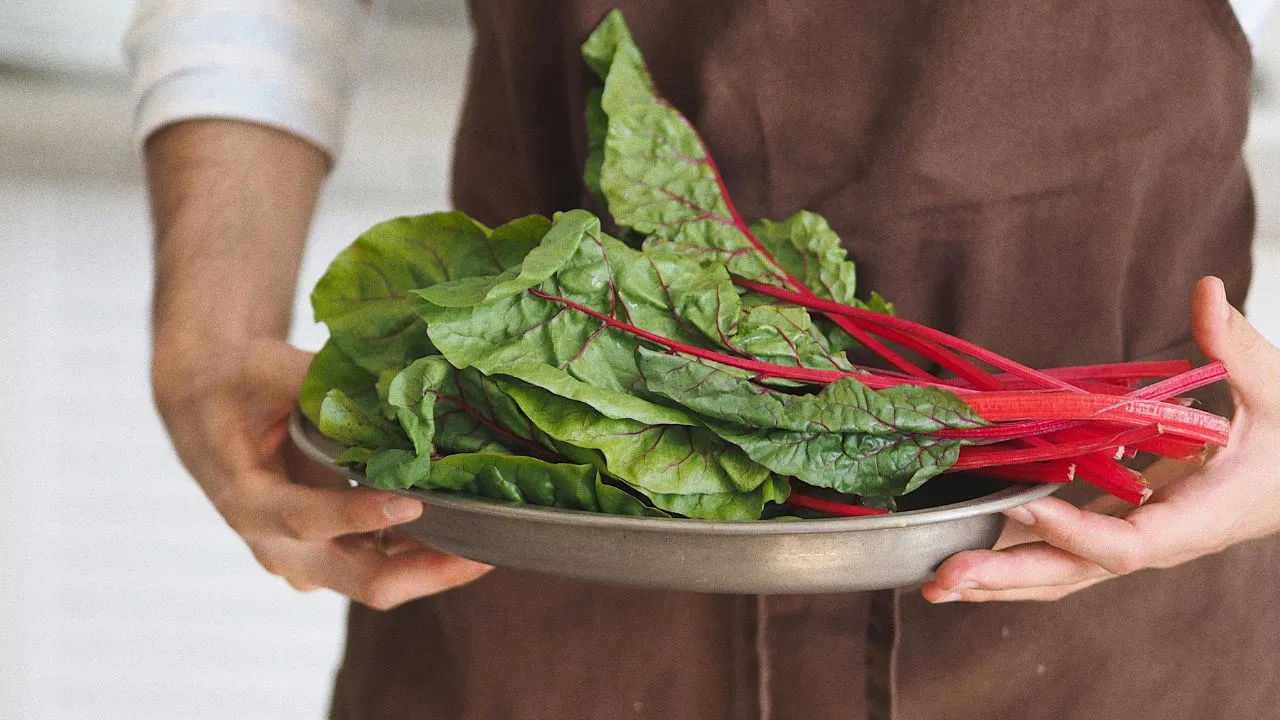
Arugula: This peppery green is not only tasty, but it’s also rich in vitamins A, C, and K, folate and calcium. Arugula contains antioxidants that may help protect against cancer and other diseases. Its low-calorie content makes it a great choice for dogs watching their weight. Finely chop the arugula and sprinkle it over your dog’s food for a flavorful, nutrient-dense boost.
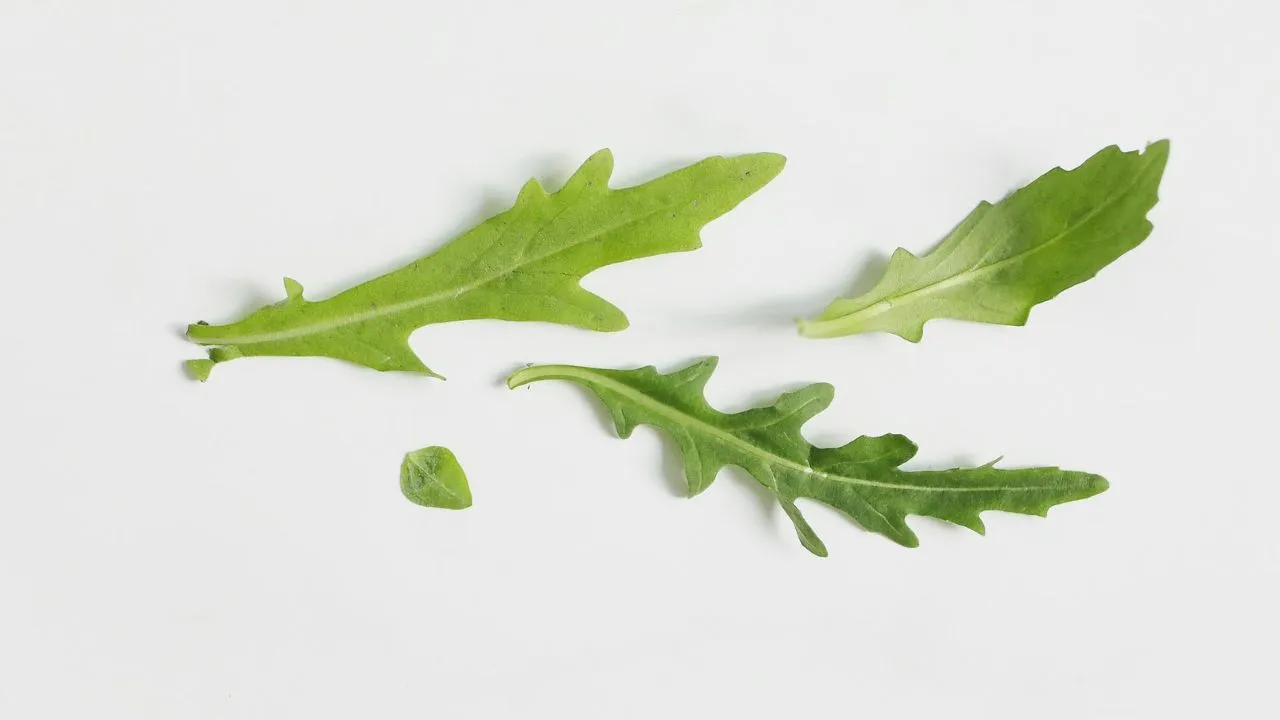
Dandelion Greens: While often considered a weed, dandelion greens are actually a highly nutritious vegetable. They’re rich in vitamins A, C, and K, as well as calcium, potassium, and iron. Dandelion greens also contain antioxidants and may have a mild diuretic effect, helping to support kidney and liver function. Finely chop the leaves and blend them into your dog’s food, or brew them into a tea and pour it over their kibble.

When adding a new vegetable to your dog’s meals, always begin with small portions and keep an eye out for any signs of digestive problems or allergies. Finely chop the greens to aid digestion, and if your dog has a sensitive stomach, lightly steam them. Remember, like lettuce, these leafy greens should be given as occasional treats, not as a substitute for a well-balanced diet of dog food.

Some Cautions and Considerations
While lettuce is one of the safer human foods to share with your dog, there are a few cautions to keep in mind:
1. Avoid giving your dog lettuce if it’s been mixed with other ingredients that may not be dog-friendly, like onions, garlic, or too much oil.
2. Don’t let your dog eat the lettuce core or stem, as it could pose a choking hazard, especially for small dogs. Remove those tougher pieces before feeding.
3. If your dog has any underlying health issues like kidney disease or bladder stones, check with your vet first before adding lettuce to their diet, as the diuretic effect could potentially exacerbate these conditions.
4. Remember, all dogs are different. Some may do great with lettuce, while others don’t tolerate it as well. Always introduce slowly, watch for any adverse reactions, and adjust accordingly.

Final Words
In moderation, lettuce is a safe treat for healthy dogs. It offers hydration, fiber, and small amounts of vitamins and minerals. Introduce it slowly, finely chopped, and watch for any adverse reactions. If well-tolerated, include it in your dog’s treat rotation along with other dog-friendly veggies. Remember, lettuce and other human foods are just supplements to a balanced dog food diet. Prioritize your dog’s nutritional needs, then enjoy exploring dog-safe vegetables together!